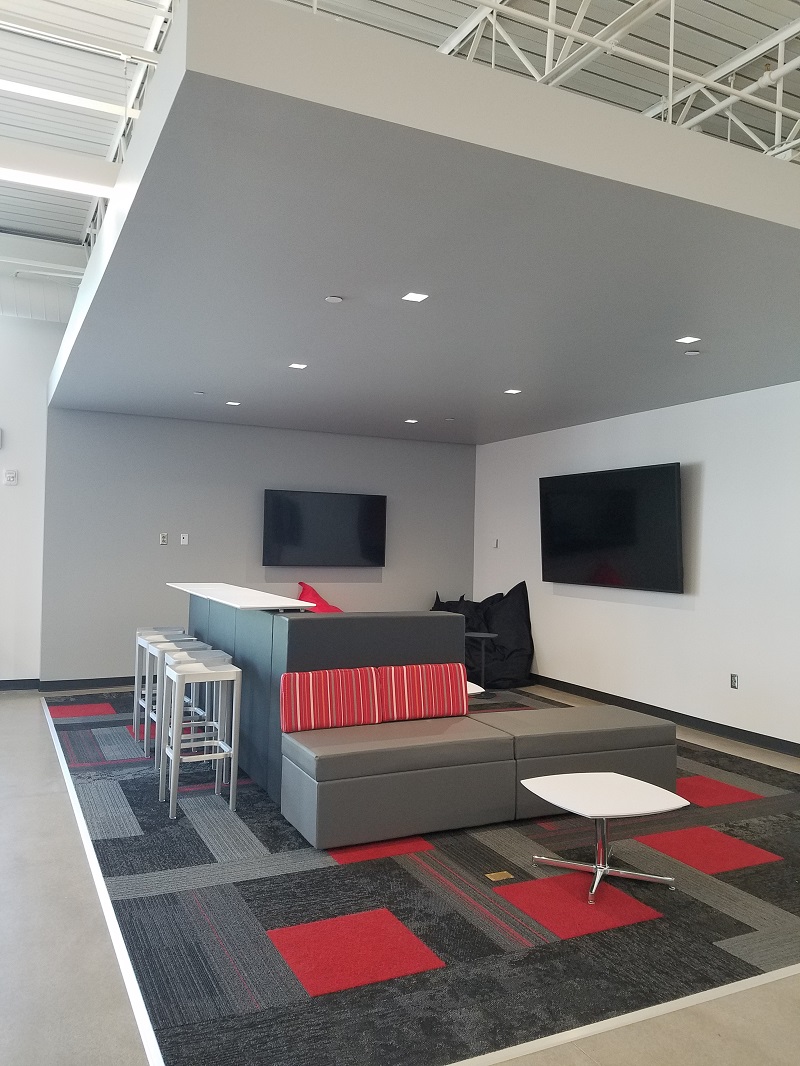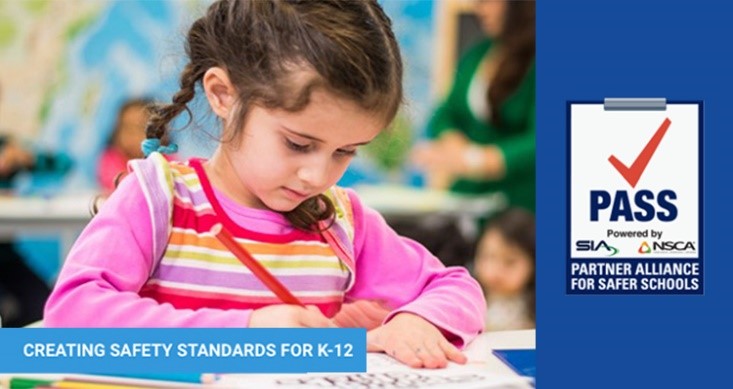Search Products
Product Configurators
Language
The Latest From Our Ed Tech Blog
Ed Tech Blog
There are “mind-game” exercises you can do that allegedly help with memory. Similarly, there are innumerable articles about vitamins, minerals, supplements and herbs that claim to enhance memory “vitality.” But one thing is certain when it comes to memory- as you age, your brain becomes less flexible and the world around you becomes more distracting. Short-term memory recollection is compromised and focus is more difficult.
According to the National Center for Education Statistics, “In 2015, there were 11.8 million college and university students under age 25 and 8.1 million students 25 years old and over.” Also of note, the fastest growing cohort in US colleges and universities is the non-traditional student, which includes students 25 years and older. Students 25 years and older may face obstacles to learning and educational success in colleges and universities that traditionally cater to the traditional student population. We’ve written, prior, about non-traditional student enrollment being an opportunity for growth for colleges and universities with declining enrollment. But these opportunities come with the challenge of retaining this population of students who may not retain information the same as a traditional student.
Read more: Education Technology For Impact, Engagement, Memory
A few possible consequential changes (positive? negative?) may occur if higher ed institutions adopt AVaaS:
Read more: AVaaS: More Questions Than Answers?
This is a guest post provided by Nanda Krish from Wisewire. I found the information to be relevant and in line with the value of content we like to provide on our Collaborate! blog. Please note: FSR doesn't endorse (or not endorse) Wisewire, as we have not evaluated their services. But we thank them for sharing this information with our readers! Enjoy:
You have a unique challenge ahead of you. You know valuable learning tools are emerging and your institution needs to keep up with educational trends. But working within a budget, juggling your day-to-day tasks, and trying to have meaningful conversations with people short on time is not easy. How do you convince multiple education professionals to invest in adaptive learning tools and materials (available from numerous online sources, including Wisewire), which may be an unfamiliar approach to student learning?
What Matters?
Gaining support for any initiative in higher education will always be contingent on whether the idea is best for students. It’s important to completely understand the benefits of adaptive learning tools for individual students and be prepared to describe these benefits to key stakeholders. In addition to basic questions, leaders will have their own specific areas of concern—likely related to the area they’re responsible for within the university. For example, every leader will be interested in costs associated with your proposal, but an institution’s Chief Financial Officer will have a long list of detailed questions on the topic.
 Involving and engaging commuter students on campus is a priority for schools. Generally, commuter student retention is lower than students living on-campus or in college owned housing. This could be the result of a number of factors: commuter students not feeling connected to the school brand (house proud); lack of social connectedness; increased distractions/ responsibilities from non-academic sources; lack of amenities on school grounds created for their complex lifestyle, etc.
Involving and engaging commuter students on campus is a priority for schools. Generally, commuter student retention is lower than students living on-campus or in college owned housing. This could be the result of a number of factors: commuter students not feeling connected to the school brand (house proud); lack of social connectedness; increased distractions/ responsibilities from non-academic sources; lack of amenities on school grounds created for their complex lifestyle, etc.
StateUniversity.com claims, “Because commuter students spend limited time on campus and limited time creating relationships with other students, faculty, and staff, they have fewer opportunities to engage in quality interactions with these individuals. Therefore they are less likely to make a strong commitment to the university or its programs and are more likely to drop out of school than residential students.”
Fortunately, technology offers a conduit to increased connectivity. While technology alone will not be a campus cure-all for commuter retention, it can help support engagement, encourage group interactivity and provide conveniences to keep commuters on campus longer.
Read more: How Can Technology Help Engage The Commuter Student?
This article was originally published on rAVe Pubs. It has been reposted here with the author's permission because this message is too important to not spread. In addition, the link to the podcast mentioned, can be found here.
PASS: An Alliance You Need to Know About
By Scott Tiner
rAVe Columnist
Last month for rAVe Ed, I wrote an article about school safety.  I was inspired by the Parkland students, who suffered a horrible tragedy and decided to do something to make sure others did not have to suffer a similar tragedy. I specifically avoided talking politics and law. I think there is a place for that, but this is not it. I had a vision where those of us in the AV industry could use our skills, talents and numbers to help make schools safer. When I wrote it, I realized it was a huge ask and may not be very likely, but I dared to dream. The morning after the article was first published, I heard from a friend in the industry. He had read the article and was inspired by it. He wanted to host a podcast to try and publicize the idea, and asked if I would discuss my article. I jumped at it! Anything to get this moving. He spoke with another friend in the industry (the amazing Gina Sansivero) and she told him about a group that already existed, the Partner Alliance for Safer Schools (PASS). By the end of the week my friend and Gina were hosting a podcast with me and Chuck Wilson of the NCSA. Chuck is the creator of PASS and after an hour with him, I realized that I needed to make sure everyone in the industry knew about this organization.
I was inspired by the Parkland students, who suffered a horrible tragedy and decided to do something to make sure others did not have to suffer a similar tragedy. I specifically avoided talking politics and law. I think there is a place for that, but this is not it. I had a vision where those of us in the AV industry could use our skills, talents and numbers to help make schools safer. When I wrote it, I realized it was a huge ask and may not be very likely, but I dared to dream. The morning after the article was first published, I heard from a friend in the industry. He had read the article and was inspired by it. He wanted to host a podcast to try and publicize the idea, and asked if I would discuss my article. I jumped at it! Anything to get this moving. He spoke with another friend in the industry (the amazing Gina Sansivero) and she told him about a group that already existed, the Partner Alliance for Safer Schools (PASS). By the end of the week my friend and Gina were hosting a podcast with me and Chuck Wilson of the NCSA. Chuck is the creator of PASS and after an hour with him, I realized that I needed to make sure everyone in the industry knew about this organization.
Read more: Guest Post: PASS: An Alliance You Need to Know About
Signup for our Mailing List
& Receive FSR Ed Tech Updates
Submit your name and email address to start receiving upcoming show information, new product solutions, and the latest education market news straight into your inbox.
View Our Latest Newsletter:
Technology & Infrastructure Solutions For Higher Education & K-12 School Systems
Educational technology is an investment...choose what works.
SOLUTIONS
FSR's solutions offer the building blocks for technology rich environments, from the ground up!
COLLABORATE
Our education team keeps their finger on the pulse of technology for education by discussing the latest advancements and trends.
REAL SUCCESS
Colleges, Universities, Schools, Performing Arts Centers - FSR showcases tech in education environment.


